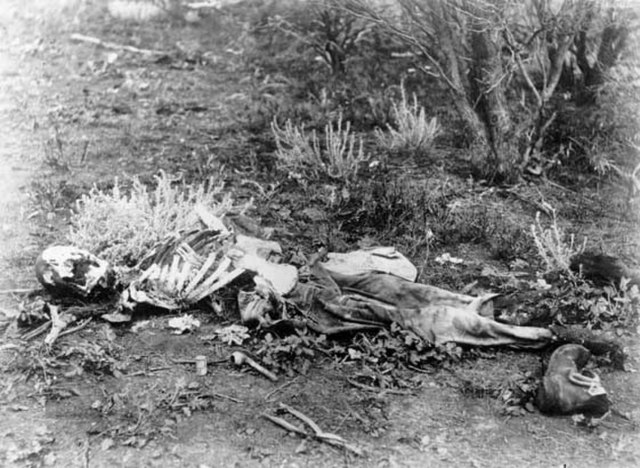Forensic facial reconstruction
Forensic facial reconstruction is the process of recreating the face of an individual from their skeletal remains through an amalgamation of artistry, anthropology, osteology, and anatomy. It is easily the most subjective—as well as one of the most controversial—techniques in the field of forensic anthropology. Despite this controversy, facial reconstruction has proved successful frequently enough that research and methodological developments continue to be advanced.
Tsar Ivan the Terrible of Russia – reconstruction by M. Gerasimov, Soviet archaeologist and anthropologist who developed the first technique of forensic sculpture, 1965.
An example of a 2D facial reconstruction conducted by forensic artist Karen T. Taylor, and the subsequent identification, April Dawn Lacy.
Forensic facial reconstruction of Alberto di Trento by Arc-Team and the 3D artist Cicero Moraes
Skulls for facial approximation
Forensic anthropology is the application of the anatomical science of anthropology and its various subfields, including forensic archaeology and forensic taphonomy, in a legal setting. A forensic anthropologist can assist in the identification of deceased individuals whose remains are decomposed, burned, mutilated or otherwise unrecognizable, as might happen in a plane crash. Forensic anthropologists are also instrumental in the investigation and documentation of genocide and mass graves. Along with forensic pathologists, forensic dentists, and homicide investigators, forensic anthropologists commonly testify in court as expert witnesses. Using physical markers present on a skeleton, a forensic anthropologist can potentially determine a person's age, sex, stature, and race. In addition to identifying physical characteristics of the individual, forensic anthropologists can use skeletal abnormalities to potentially determine cause of death, past trauma such as broken bones or medical procedures, as well as diseases such as bone cancer.

Exhumed bodies of victims of the 1995 Srebrenica Genocide in a mass grave found in 2007.
The examination of remains can help build a peri- and post-mortem profile of the individual.






